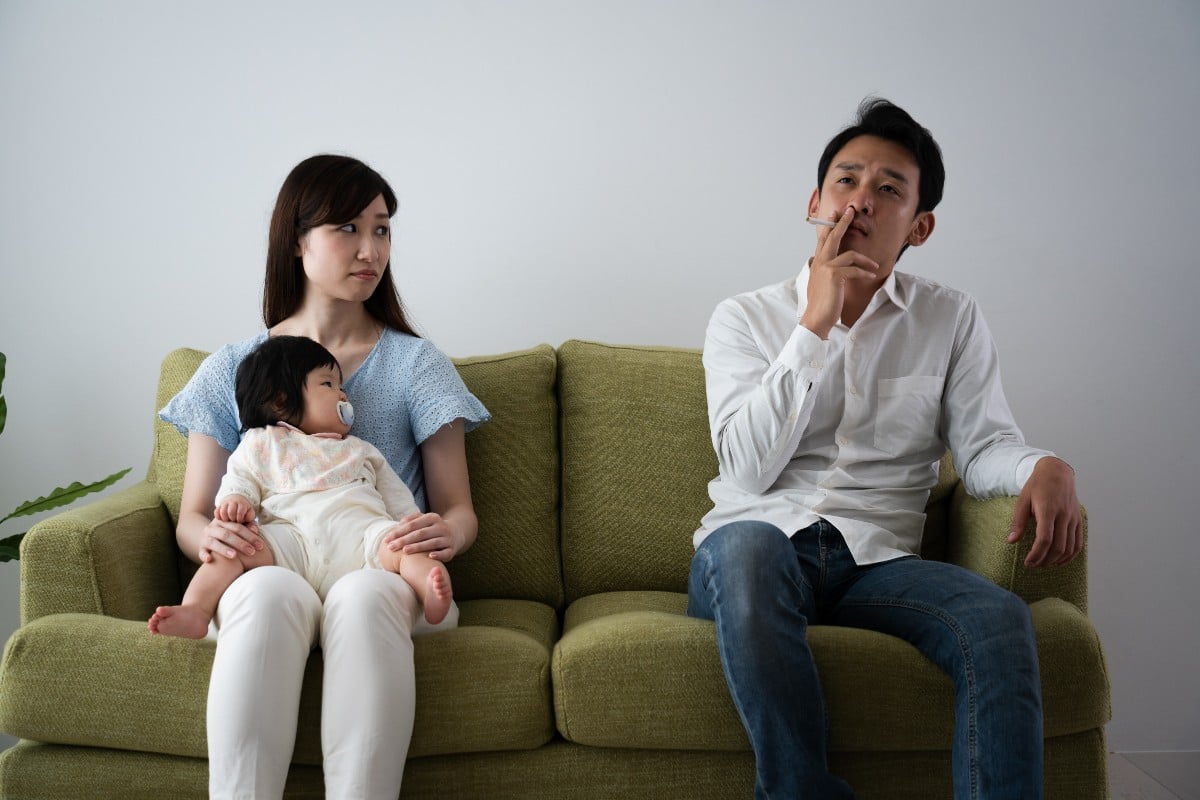
Secondhand smoke from cigarettes is much worse than that from vaping, in terms of exposing children to nicotine, a new study finds.
Children exposed to vaping indoors absorb less than one-seventh the amount of nicotine as kids exposed to indoor smoking, blood tests reveal.
Secondhand exposure to harmful substances in e-cigarettes likely would be even lower, researchers said, given that vaping contains similar levels of nicotine but only a fraction of the toxins and carcinogens found in tobacco smoke.
“This paper suggests that concerns about secondhand vaping may be somewhat overstated, with second-hand exposure to toxic substances likely to be very low,” senior researcher Lion Shahab, a professor of health psychology with the University College London Institute of Epidemiology and Health Care, said in a news release.
“The findings confirm the risks of smoking indoors around children, which should be avoided at all costs,” Shahab continued. “However, as secondhand vaping still exposes children to more harmful substances than no vaping or smoking exposure at all, it is best to avoid indoor vaping around children, too.”
For the study, researchers analyzed blood tests for nearly 1,800 U.S. children ages 3 to 11. The tests were collected between 2017 and 2020 as part of an annual federal health survey.
The blood tests looked at levels of cotinine, a chemical the body produces after exposure to nicotine.
Children exposed to indoor vaping absorbed 84% less nicotine than children exposed to indoor smoking, results show.
However, children exposed to neither absorbed 97% less nicotine.
These lower levels of nicotine exposure could be explained by differences between vaping and smoking, researchers said.
Airborne nicotine is emitted when smokers breathe out, and also is found in smoke coming from the lighted end of a cigarette, researchers said. E-cigarettes only emit nicotine when vapers exhale.
The findings show that the impact of vaping on bystanders’ health will be much less than smoking, researchers said.
“Our study shows, using data from the real world rather than an artificial lab setting, that nicotine absorption is much lower from second-hand vapor than from second-hand smoking,” lead researcher Harry Tattan-Birch, a research fellow with the University College London Institute of Epidemiology and Health Care, said in a news release.
However, indoor air policies that prohibit vaping still serve a purpose, by preventing e-cigarette use from becoming acceptable and normal, researchers noted.
The new study was published July 11 in JAMA Network Open.
More information
The U.S. Centers for Disease Control and Prevention has more on secondhand smoke.
SOURCE: University College London, news release, July 11, 2024
Source: HealthDay

Leave a Reply